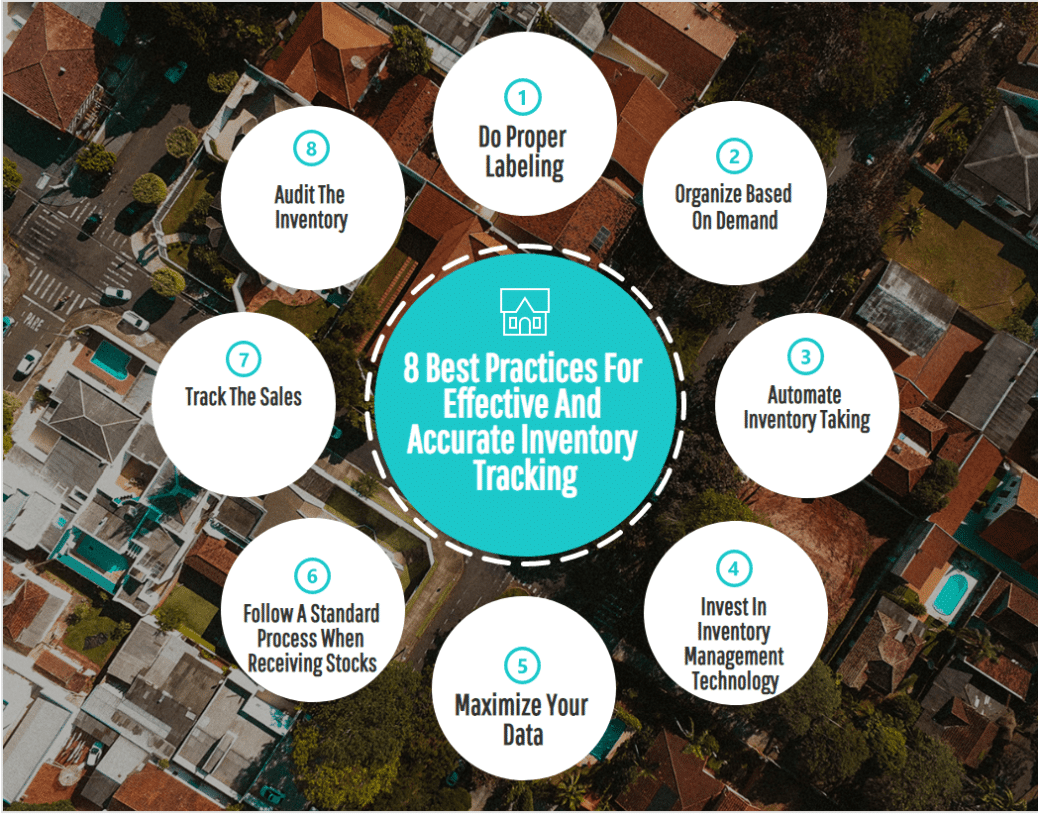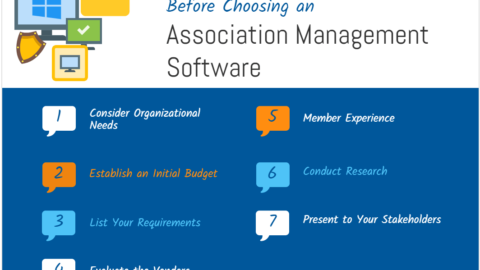8 Best Practices For Effective And Accurate Inventory Tracking
In any business, proper inventory management is one of the crucial operations. Sadly, not all observe good management when it comes to their products. Some companies might have limited stocks in their inventory, while others tend to overstock. Either way, you need to maintain the right balance, and this requires some work and planning, namely having an inventory tracking system, to ensure a seamless process and improve profitability. These days, you’re likely to encounter a variety of inventory management software programs to help with inventory tracking. For example, you can check out: Lowry Solutions. It’s among the options worth considering if you want to streamline and track your inventory effectively.
Table of Contents
If one of your principal goals is to keep your stored goods in check, here are several practices to help maintain efficient and accurate inventory tracking:
1. Do Proper Labeling for a Proper Inventory Tracking
The first inventory practice you need to employ is labeling everything correctly. If you’ve already marked your inventory, you’re in for a good start. You then need to move on to your racks and specific areas within your facility. Properly labeling those is equally crucial in taking inventory and will help you better associate your products with their designated places.
When you label everything accordingly, you can keep your inventory organized and save a lot of time when searching for a product.
2. Organize Based On Demand
Once you start gathering data on your inventory, you’ll notice which products perform well and those that sit longer in your warehouse.
One way to improve efficiency is to organize your products based on their popularity or seasonality. For products that are always on demand, it might be best to move them to the front area of your warehouse to ensure accessibility for your employees.
With this arrangement, your staff members can readily locate the products and prioritize where they should start their cycle counts first, especially when you’re handling top-selling items.
3. Automate Inventory Tracking and Taking
Manually taking inventory consumes a significant amount of time. The time this task consumes can affect your operations and increase the risk for costly mistakes.
It’s therefore advisable to automate the inventory-taking process with the help of barcodes or radio frequency identification (RFID) technology. Both can help boost your inventory count accuracy and allow your employees to deal with other tasks.
Automating inventory tracking can greatly improve accuracy. Additionally, integrating a barcode or RFID system will allow you to take regular inventory with ease, ensuring a better insight into your products.
4. Invest In Inventory Management Technology
Most businesses today utilize inventory management technology. Managing inventory manually with spreadsheets and documents is a doable task if you have a small business. However, as your business grows, you’re likely to spend more time on inventory than other core business activities, putting your operations at risk for mismanagement.
A reliable inventory management software will make your business operations easier to handle. Before choosing the right one, you need to understand what you need. Additionally, make sure it provides the analytics crucial for your business and is simple to implement.
Aside from software, you’ll be using devices such as mobile scanners or readers, depending on the system you’ll choose. If you’re going to invest in inventory management technology, go for systems that work together seamlessly. Any incompatibilities can be a costly ordeal and result in inaccurate inventory counts. Therefore, it is important to have a reliable inventory tracking system in place.
5. Maximize Your Data
When you’re monitoring a large amount of data throughout the day, it’s crucial to find ways to put it to good use. You can conveniently know the location of your products and the available stock. Additionally, you can even forecast the demand.
The data will help identify other critical elements in your business operations, such as areas where you can improve the workflow.
6. Follow A Standard Process When Receiving Stocks
When receiving stocks, it’s crucial for all employees to strictly adhere to a standard process. Any minor discrepancies in the receiving process of stocks can put you at a standstill and leave you wondering why the figures don’t align with your purchase orders at the end of the month or year.
One way to avoid discrepancies and hassle is to ensure that all employees responsible for receiving stocks follow the standard process. And see to it that all boxes undergo verification, unpacking, and counting to ensure accuracy.
7. Track The Sales
When monitoring your inventory, your main focus is the items and amount sold. However, you also need to analyze the data on your day-to-day business operations.
You can determine which products sell faster, the seasonal demand and if products are in demand on certain days of the week. By understanding matters beyond the sales total, you’ll gain a better picture of how your products sell and be able to keep your inventory under control.
8. Audit The Inventory
Some businesses perform a comprehensive count at least once a year. Others conduct the audit monthly or weekly or do daily spot checks of top-selling products. Regardless of how often you perform the auditing task, make it a priority to regularly do a physical count to ensure all the numbers match up.
Conclusion
Taking the necessary steps to improve your business inventory tracking system is a good step in improving efficiency and productivity in the long run. Integrating reliable inventory management software and the practices above will allow you to keep a close eye on your products without exerting too much effort or spending too much time.
Related Infographic
Infographic created by WSI

Business Developmeny Manager at PAS InfoCom Technologies Ltd. Experienced in project management with a demonstrated history of working in the information technology and services industry.











